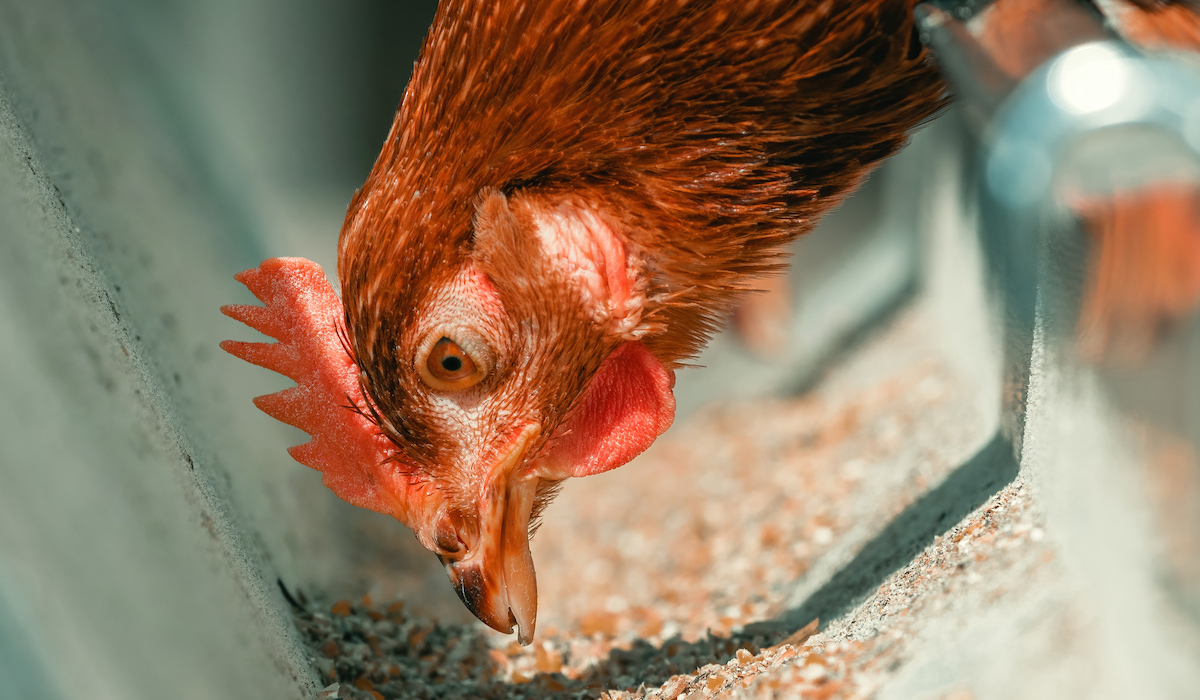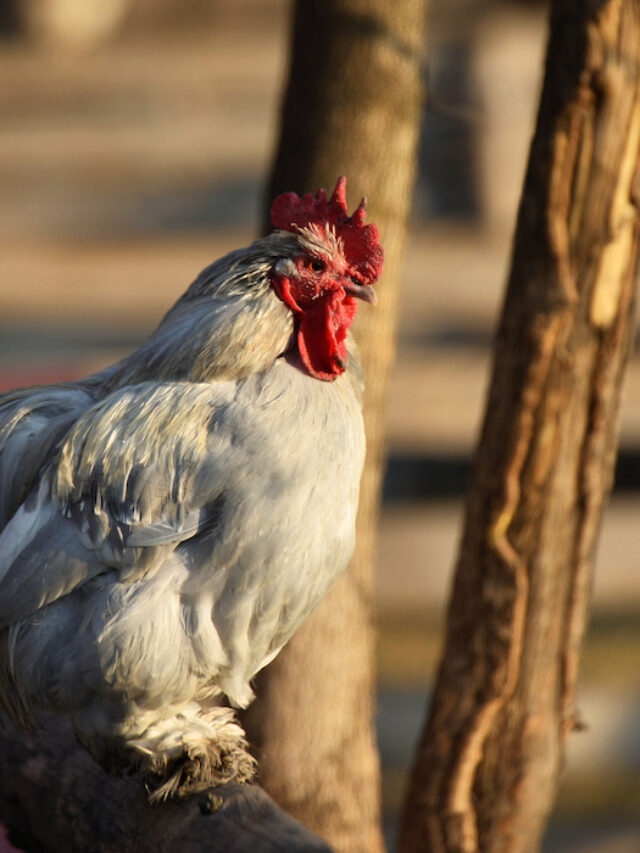Chickens have fascinated humans for centuries, not only for their ability to produce eggs but also for their unique reproductive processes. Many people wonder how chickens make eggs without a rooster. The process is more fascinating than you might think. Understanding the biology behind egg-laying is essential for anyone interested in poultry farming or simply curious about nature's wonders.
Whether you're a backyard chicken owner or a poultry enthusiast, learning about how chickens produce eggs without a rooster can enhance your appreciation for these remarkable birds. In this guide, we will explore the science behind egg production and answer common questions about this natural phenomenon.
This article will provide a comprehensive overview of the egg-laying process, including the role of hormones, the anatomy of chickens, and how environmental factors influence egg production. By the end of this guide, you'll have a deeper understanding of how chickens make eggs without a rooster.
Read also:Freddie Mercury Children The Untold Story Of Freddie Mercurys Legacy
Table of Contents
- The Biological Process of Egg Formation
- Role of Hormones in Egg Production
- Anatomy of a Chicken: Understanding the Oviduct
- Egg Laying Without a Rooster
- Fertilized vs. Unfertilized Eggs
- Factors Affecting Egg Production
- Nutritional Requirements for Egg-Laying Hens
- Common Myths About Egg Laying
- Tips for Chicken Owners to Maximize Egg Production
- Conclusion
The Biological Process of Egg Formation
Understanding how chickens make eggs without a rooster begins with examining the biological process of egg formation. Chickens, like many other birds, have a highly specialized reproductive system designed for egg-laying. The process starts in the ovary, where ova (egg yolks) develop.
Once an ovum matures, it is released from the ovary and travels through the oviduct, a tube-like structure where the various components of the egg are added. The yolk is first surrounded by albumen (egg white), followed by the formation of the eggshell membranes and, finally, the hard outer shell. This entire process takes about 25-26 hours.
It's important to note that this process occurs naturally in hens, regardless of whether a rooster is present. Roosters are only necessary if you want fertilized eggs for hatching chicks.
Role of Hormones in Egg Production
Hormones play a crucial role in regulating the egg-laying cycle of chickens. The two primary hormones involved are estrogen and progesterone. Estrogen stimulates the development of the oviduct and helps in the production of albumen, while progesterone aids in the formation of the eggshell.
Light exposure also influences hormone production. Chickens require approximately 14-16 hours of light per day to maintain optimal egg production. This is why many poultry farmers use artificial lighting during the winter months to ensure consistent egg-laying.
Anatomy of a Chicken: Understanding the Oviduct
To fully grasp how chickens make eggs without a rooster, it's essential to understand the anatomy of a chicken, particularly the oviduct. The oviduct is a long, tube-like organ divided into several sections, each responsible for adding different components to the developing egg.
Read also:Unveiling The World Of Yomovies Your Ultimate Guide To Streaming Movies
- Infundibulum: The first section of the oviduct where the yolk is received after ovulation.
- Magnum: The part where the albumen is added to the yolk.
- Isthmus: The section where the inner and outer shell membranes are formed.
- Shell Gland (Uterus): The final stop where the eggshell is created.
This intricate process ensures that each egg is perfectly formed, whether it is fertilized or not.
Egg Laying Without a Rooster
One of the most common questions about chickens is whether they can lay eggs without a rooster. The answer is a resounding yes! Hens naturally produce eggs as part of their reproductive cycle, and the presence of a rooster is not required for this process.
However, the eggs laid without a rooster are unfertilized, meaning they cannot develop into chicks. Unfertilized eggs are perfectly safe to eat and are the type most commonly consumed by humans.
Fertilized vs. Unfertilized Eggs
Understanding the difference between fertilized and unfertilized eggs is key to grasping how chickens make eggs without a rooster. Fertilized eggs are produced when a rooster mates with a hen, and the sperm fertilizes the egg yolk. These eggs have the potential to develop into chicks if incubated under the right conditions.
Unfertilized eggs, on the other hand, are laid by hens in the absence of a rooster. These eggs are not viable for hatching but are nutritionally identical to fertilized eggs. Both types of eggs are rich in protein, vitamins, and minerals, making them a valuable part of a healthy diet.
Factors Affecting Egg Production
Several factors can influence how chickens make eggs without a rooster. These include age, breed, diet, and environmental conditions. Young hens, also known as pullets, typically begin laying eggs at around 18-20 weeks of age. As they age, their egg production may decline.
Different breeds of chickens have varying egg-laying capabilities. For example, White Leghorns are known for their high egg production, while some heritage breeds may lay fewer eggs but offer other desirable traits.
Environmental factors such as temperature, humidity, and light exposure can also impact egg production. Chickens thrive in environments with consistent lighting and moderate temperatures.
Nutritional Requirements for Egg-Laying Hens
Proper nutrition is essential for maximizing egg production in chickens. Hens require a balanced diet rich in protein, calcium, and vitamins to produce high-quality eggs. A diet deficient in any of these nutrients can lead to reduced egg production or poor-quality eggs.
Calcium, in particular, is crucial for forming strong eggshells. Providing hens with a calcium supplement, such as oyster shells, can help ensure they have enough to meet their needs. Additionally, access to fresh water is vital for maintaining hydration and supporting the egg-laying process.
Common Myths About Egg Laying
There are several myths surrounding how chickens make eggs without a rooster. Let's debunk a few of them:
- Myth 1: Hens Need Roosters to Lay Eggs. As discussed earlier, hens do not require roosters to lay eggs. Roosters are only necessary for fertilization.
- Myth 2: All Hens Lay Eggs Daily. While some high-producing breeds can lay an egg almost every day, not all hens are capable of such frequency. Egg-laying patterns vary depending on the hen's age, breed, and health.
- Myth 3: Eggs Laid Without a Rooster Are Less Nutritious. Unfertilized eggs are just as nutritious as fertilized eggs and contain the same essential nutrients.
By dispelling these myths, we can better understand the natural processes involved in egg production.
Tips for Chicken Owners to Maximize Egg Production
If you're a chicken owner looking to maximize egg production, consider the following tips:
- Provide a Balanced Diet: Ensure your hens have access to a high-quality feed that meets their nutritional needs.
- Offer Adequate Lighting: Maintain a consistent lighting schedule to encourage regular egg-laying.
- Keep the Coop Clean: A clean and stress-free environment promotes healthy egg production.
- Monitor Health: Regularly check your hens for signs of illness or stress, which can negatively impact egg-laying.
By implementing these practices, you can help your hens produce more eggs and ensure their overall well-being.
Conclusion
In conclusion, chickens can indeed make eggs without a rooster through a fascinating biological process involving hormones, anatomy, and environmental factors. Understanding how this process works can enhance your appreciation for these remarkable birds and improve your ability to care for them.
We encourage you to share this article with fellow chicken enthusiasts and explore more resources on poultry farming. If you have any questions or insights, feel free to leave a comment below. Together, we can continue learning about the wonders of nature and the incredible capabilities of chickens.
Data and references from trusted sources such as the National Chicken Council and the University of Florida Extension were used to ensure the accuracy and reliability of the information provided in this guide.


